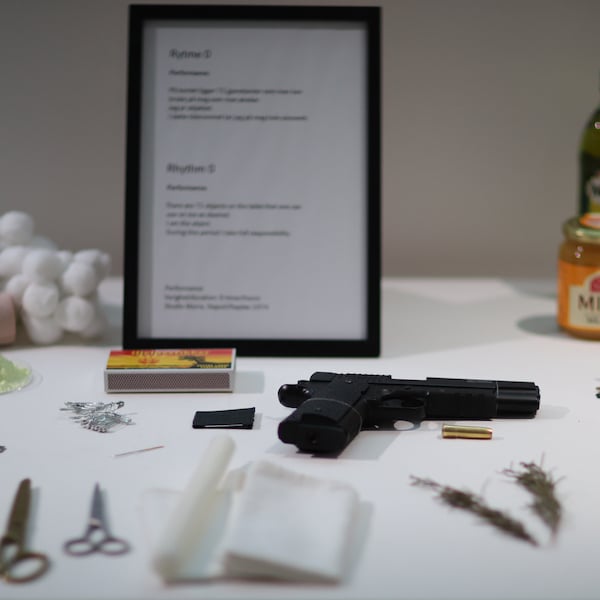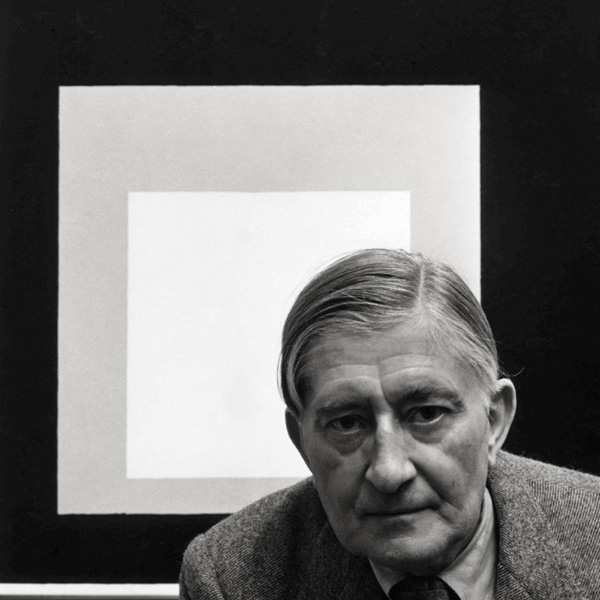
“New York City I,” (1941) by Piet Mondrian. Oil and paper on canvas (© Mondrian/Holtzman Trust, c/o Beeldrecht, Amsterdam, Holland, Kunstsammlung Nordrhein Westfalen, Düsseldorf, Photo: Walter Klein, Düsseldorf)
Dutch painter Piet Mondrian is a master of abstract art and has been carefully studied by art historians for nearly a century. Known for his use of primary colors and simplified lines, he was a founding member of De Stijl, a vanguard Dutch art movement. So could it really be possible that an artist so famous could have one of his artworks hung upside down? According to German art historian and curator Susanne Meyer-Büser, that is, indeed the case.
At a press conference for the Mondrian. Evolution exhibition at Germany’s Kunstsammlung Nordrhein-Westfalen K20 Museum, Meyer-Büser announced that one of the highlights of the show had been displayed the wrong way for over 75 years. New York City 1 was created in 1941 and features Mondrian's characteristic red, yellow, black, and blue lines intersecting to form a simplified New York cityscape. However, since first displayed at New York's MoMA in 1945, a thick group of lines has always been at the bottom.
However, according to Meyer-Büser, that's a mistake. “The thickening of the grid should be at the top, like a dark sky,” said Meyer-Büser. “Once I pointed it out to the other curators, we realized it was very obvious. I am 100% certain the picture is the wrong way around.”
When the art historian began conducting research for the exhibition, which celebrates the 150-year anniversary of Mondrian's birth, she came across an interesting photo. Taken at Mondrian's studio shortly after his death, it clearly shows New York City 1 on an easel with the thick, tightly packed lines shown at the top of the artwork.
“Could it be that the orientation shown in the photo is the actual one Mondrian had intended?” the curator asks. Mondrian's New York, also made with adhesive tape, has a similar composition and is on display at Paris' Centre Pompidou. There, the thick gathering of tape sits at the top of the artwork. So how did it happen that Mondrian's art wasn't hung as he intended? This still remains a mystery.

“Mondrian. Evolution,” installation view. (Photo: Achim Kukulies)
“Was it a mistake when someone removed the work from its box? Was someone being sloppy when the work was in transit?” the curator ponders. “It’s impossible to say.”
To further back her theory, Meyer-Büser explains that she believes the artist worked from top to bottom when layering the strips of adhesive tape. He would have started with a crisp line at the top, moving his way down. Right now, the yellow lines at the top of the piece are roughly torn and stop a few centimeters away from the edge. This is further evidence that those lines were actually intended to be at the bottom, where it would have been more difficult to get a clean line.
So, will the painting be flipped? The answer is no. The current condition of the artwork means that flipping it back to its proper orientation could do far more harm than good. “The adhesive tapes are already extremely loose and hanging by a thread,” Meyer-Büser said. “If you were to turn it upside down now, gravity would pull it into another direction. And it’s now part of the work’s story.”
That means that New York 1 will be displayed as it has been for the past 75 years throughout the run of the exhibition in Düsseldorf, giving visitors the opportunity to ponder how a change in orientation could change their experience with the piece.
Mondrian. Evolution runs from October 29, 2022, to February 12, 2023, at the Kunstsammlung Nordrhein-Westfalen K20 Museum in Düsseldorf, Germany.
h/t: [artnews]
Related Articles:
Gorgeous 3 in 1 Piet Mondrian Inspired Vase
10 Famous Abstract Artists Who Changed the Way We Look at Painting
15+ Piet Mondrian-Inspired Gift Ideas for the Modern Art Lover in Your Life
Modern Apartment Imagines What It’d Be Like to Live Inside a Mondrian Painting






















































































